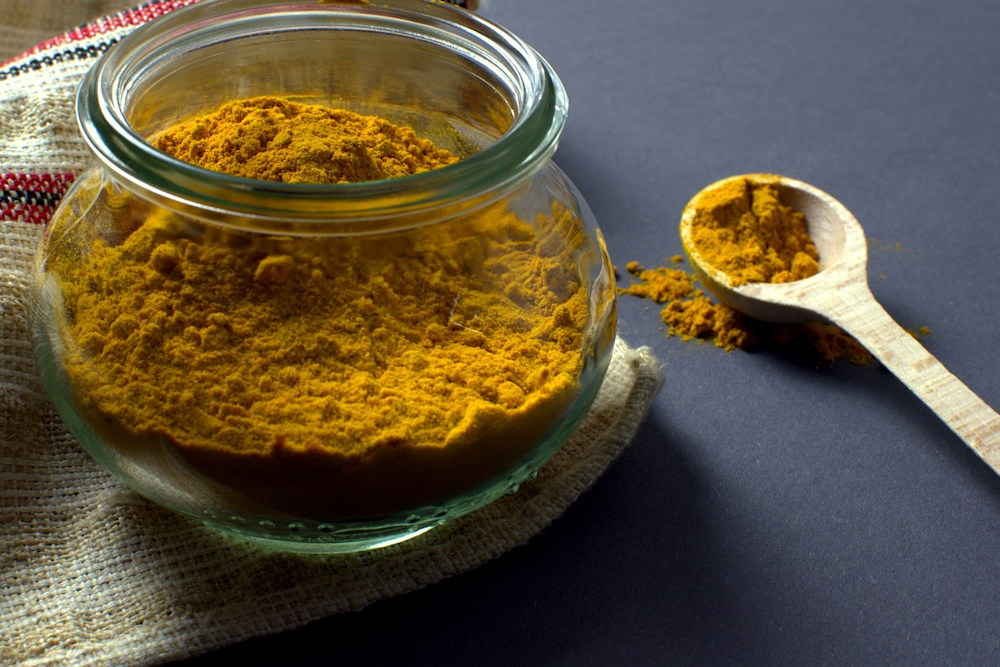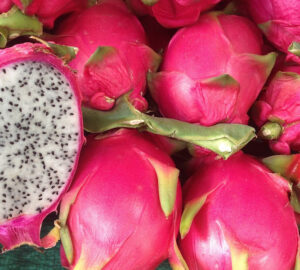Turmeric, the vibrant golden spice renowned for its culinary and medicinal properties, can also thrive as a captivating houseplant. In this article, we’ll explore the origins, characteristics and essential tips for cultivating turmeric as a cherished addition to your indoor garden.
Turmeric’s Herbaceous Heritage: A Brief Exploration
Turmeric, scientifically known as Curcuma longa, is native to South Asia and has a rich history of use in traditional cuisines, natural medicine and religious rituals. This herbaceous perennial plant has been cherished for centuries, both for its flavorful rhizomes and its healing properties. Its distinctive yellow pigment has made it an indispensable ingredient in curries and a potent natural dye.

Unveiling Turmeric’s Unique Aesthetic
Turmeric plants are a sight to behold, with lush, tropical foliage that adds a touch of exotic elegance to your indoor space. The leaves are long, lance-shaped and alternately arranged on sturdy stems. They can grow up to 2 feet (60 cm) in length and are a vibrant shade of green, offering a striking contrast to the plant’s bright yellow-orange rhizomes.
Turmeric, known primarily for its dazzling rhizomes and lush foliage, also surprises with its elegant and fragrant flowers. Emerging from the base of the plant, turmeric’s flowers boast a stunning inflorescence known as a spike. This spike, characterized by tightly packed, typically pink to white bracts, forms a cone-like structure that can reach up to 8 inches (20 cm) in height. The bracts can sometimes have a pinkish tinge, especially when they are just starting to bloom. From within this captivating arrangement, small, tubular, and pale yellow blossoms emerge, releasing a delicate fragrance that adds an extra layer of charm to this already remarkable houseplant. While the flowers are not as well-known as turmeric’s rhizomes, they are a delightful bonus to the plant’s overall appeal.

Cultivating Turmeric as a Houseplant: Tips for Success
- Choose the Right Pot: Opt for a spacious, well-draining pot with ample room for the rhizomes to spread and grow.
- Quality Soil: Use a rich, loamy soil mix that is well-aerated and has good moisture retention.
- Adequate Sunlight: Turmeric thrives in bright, indirect sunlight. Place it near a window with filtered light or use grow lights if natural light is limited.
- Ideal Temperature: Maintain a warm environment with temperatures between 65°F and 85°F (18°C to 29°C). Protect it from cold drafts.
- Regular Watering: Keep the soil consistently moist but not waterlogged. Allow the top inch (2.5 cm) of soil to dry out before watering.
- Humidity and Misting: Turmeric appreciates higher humidity levels. Mist the leaves regularly or use a humidifier to create the right conditions.
- Pruning and Fertilizing: Trim dead or yellowing leaves, and feed your turmeric plant with a balanced, diluted fertilizer during the growing season.

Fascinating Turmeric Tidbits
- Traditional Healing: Turmeric has been used for its anti-inflammatory and antioxidant properties in Ayurvedic and traditional Chinese medicine for centuries.
- Natural Dye: The vibrant yellow hue of turmeric has made it a popular natural dye for fabrics and even religious ceremonies in some cultures.
- Culinary Marvel: Beyond curries, turmeric can be used to make teas, lattes and as a flavoring in various dishes.
- Curcumin Content: Curcumin, a compound found in turmeric, is the source of many of its health benefits, including its anti-inflammatory properties.
- Tropical Charm: Turmeric plants belong to the ginger family, Zingiberaceae, and share their exotic allure with other tropical species.

Sourcing Turmeric Rhizomes and Potted Turmeric for Your Indoor Garden
To embark on your journey of growing turmeric as a houseplant, you’ll need a source for turmeric rhizomes or potted turmeric plants. Turmeric rhizomes, which are the underground stems from which the plant grows, can often be found in well-stocked grocery stores or local markets, especially in areas with a diverse culinary culture. These rhizomes can be planted to start your turmeric plant from scratch. Alternatively, you can seek out potted turmeric plants in garden centers or online nurseries. It’s important to note that the potted turmeric commonly sold in garden stores is typically the same variety, Curcuma longa, which is well-suited for indoor cultivation, ensuring you get the vibrant and flavorful turmeric you desire.

Radiant Turmeric: Your Indoor Sunshine
As you embark on the journey of growing turmeric indoors, you’ll discover the joy of nurturing this herbaceous treasure. With its rich history, stunning appearance and versatile applications, turmeric brings a touch of the exotic to your home. So, let your indoor garden bask in the radiant sunshine of turmeric’s golden allure.










